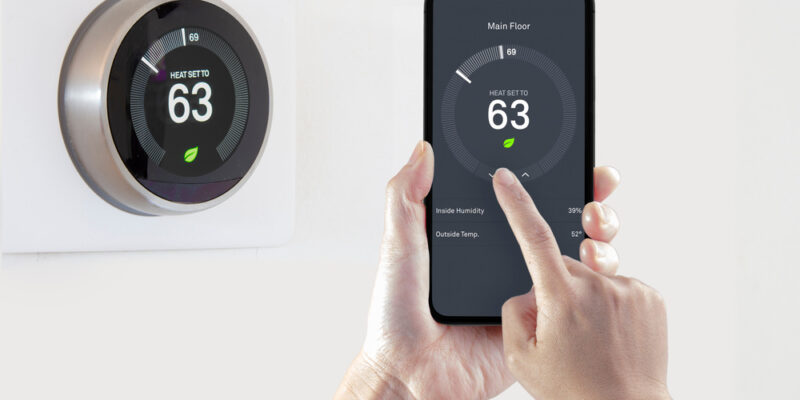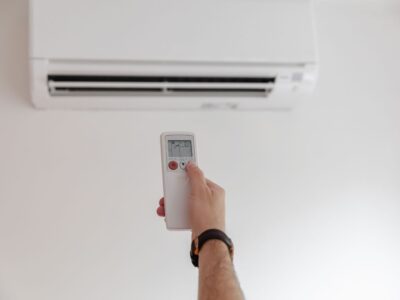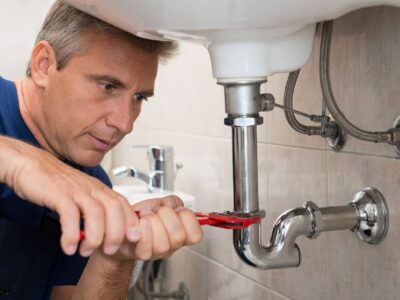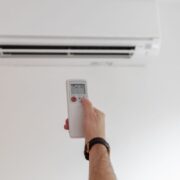A smart thermostat represents a pretty easy way to leverage smart home technology to save energy. Installing a thermostat that can be programmed, along with artificially learning your routine and self-adjusting, allows maximizing energy consumption by not heating or cooling your home when you are not there. But did you know that you can go beyond the thermostat to save energy?
Today’s smart home systems offer a number of ways to reduce energy consumption. Some of them require more effort than others, but it is possible to radically change your energy consumption habits by employing the latest smart home tech.
It All Started With a Thermostat
What we now consider modern home automation actually started with the programmable thermostat of 40 years ago. First generation programmable thermostats were pretty basic. But depending on how a thermostat was designed, and specifically the number of buttons built into it, programming could be challenging. So much so that it was not unusual for people to invest in programmable thermostats but never use the programming feature.
Today’s smart thermostats are also programmable. But according to Vivint, a nationwide leader in smart home technology, they are simple to program. Anyone who can use a smartphone to send a text message or run an app can program a thermostat.
Vivint also says that most mid-range and high-end smart thermostats are equipped with AI. They artificially learn a homeowner’s routine based on data collected from other sensors in the home. They can self-adjust their own programming accordingly.
Automated Lighting Systems
It is easy to understand how a smart thermostat can save energy. Homeowners have another option in automated lighting. Smart lighting systems are easily programmable, just like thermostats. They can also be equipped with motion sensors that guarantee lights shut off when you leave the room.
Smart lighting can also be integrated with a home security system. That way, as a homeowner is arming the system on her way to work, any lights still on in the house are automatically shut off.
Smart Plugs Can Also Save Energy
If you think energy savings stop with thermostats and automated lighting, think again. Smart plugs or another useful tool for saving energy. By installing smart plugs throughout the home and then monitoring energy usage, you can determine which devices in your home are using the most energy. Those found to be consuming excess power even in standby mode can be disconnected from the power by turning off the associated smart plug.
In addition, monitoring energy usage can help a homeowner identify an appliance that needs repair or replacement. Certain types of appliances will consume more electricity as they begin to fail.
Make Your Window Blinds Smart
You can even save money by making your window blinds smart. Smart control devices can automatically raise and lower the blinds depending on season and time of day. In the summer months, the blinds stay closed during daylight hours to keep sunlight out. In the winter, they automatically open during peak sunlight hours to let natural light heat the space.
Smart window blinds save money by making heating and cooling more efficient. Keep the sun out during the summer and the air conditioning runs less frequently. Let it in during the winter and you put less stress on the furnace.
There are lots of ways to leverage home automation to save energy. Just use your imagination. And while you’re at it, investigate the possibilities of investing in home automation to make your home more comfortable and more secure. Today’s technology offers so many possibilities that it could prove challenging to implement them all.













Comments